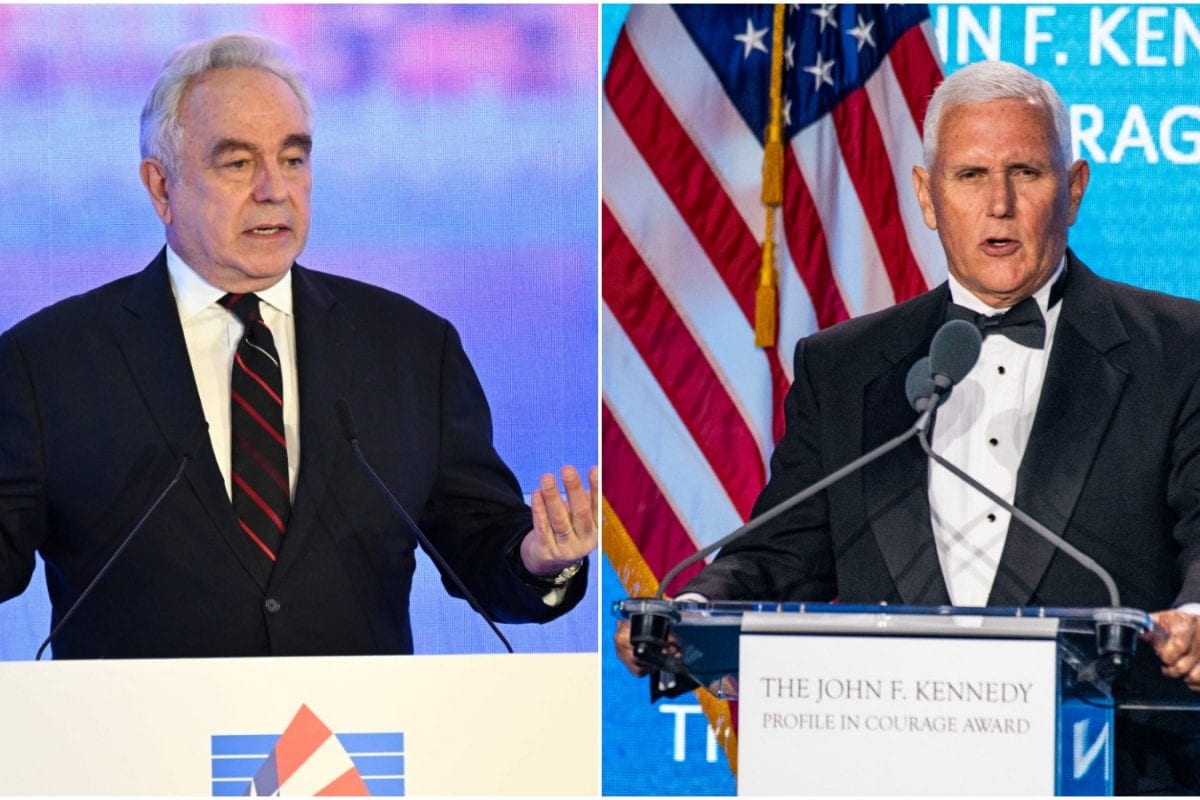

The United States and India, nations with a historically strengthening relationship, are facing renewed tensions as the Trump administration imposes significant tariffs on Indian goods. This decision has sparked concerns across the U.S., with many viewing it as a counterproductive move that could jeopardize a crucial strategic partnership.
On August 6, 2025, the Trump administration levied an additional 25% tariff on many Indian goods, bringing the total tariffs to 50%. This follows an earlier 25% duty implemented on August 1, 2025. The justification for these tariffs is allegedly linked to India's continued purchase of Russian oil amidst geopolitical friction over the Russia-Ukraine war and India's membership in BRICS. However, many view this as "economic blackmail" to force India to bend to U.S. demands.
India's Ministry of External Affairs has strongly condemned the tariffs as "unfair, unjustified, and unreasonable," asserting India's sovereign right to make its own energy decisions. Rather than immediate retaliation, India is pursuing diplomatic engagement, remaining committed to a fair bilateral trade agreement with a fall 2025 deadline for negotiations. Commerce Minister Piyush Goyal has proposed measures like interest subsidies and loan guarantees for MSMEs, instead of direct subsidies.
The U.S. move has faced criticism for its double standards, as other major importers of Russian oil, like China and Turkey, have not been subjected to similar tariffs. Some reports indicate that the U.S. continues to import uranium hexafluoride, palladium, fertilizers, and chemicals from Russia. China's Guo Jiakun criticized Washington’s tariff hike on India, calling it an "abuse of tariffs" linked to Russian oil imports.
The tariffs are expected to impact key Indian sectors, including textiles, marine products, leather, and chemicals. While some sectors like pharmaceuticals and electronics are exempt, others, such as gems and jewellery, automobiles, and textiles, face significant pressure. Anupam Manur, professor of economics at The Takshashila Institution, notes that the tariffs could shave billions off India's earnings and exacerbate the need for job creation.
The Indian stock markets initially reacted positively, with the Sensex and Nifty gaining on August 7, 2025. However, foreign institutional investor (FII) flows have become volatile, and currency depreciation exacerbates capital flight risks. M Financial Institutional Securities suggests that the Reserve Bank of India (RBI) will likely allow the Indian Rupee (INR) to slide to absorb the pressure of recent FII selling.
Experts warn that Trump's policies risk alienating India, potentially turning a strategic partner into a political target. Evan A. Feigenbaum notes that Trump's transactional approach threatens the trust and shared interests that have underpinned the alliance. A One World Outlook report highlights that the U.S. risks alienating a partner it can ill afford to lose, especially given India's role as a counterweight to China.
Despite the tensions, India remains committed to its strategic partnership with the U.S.. Dammu Ravi, Secretary, Economic Relations, Ministry of External Affairs, has emphasized the complementary nature of the relationship and the ongoing trade negotiations. However, if the U.S. becomes difficult to export to, India may turn its attention to other markets, such as the Middle East, Latin America, Africa, and South Asia.
The situation remains fluid, with a 21-day window for negotiations following the initial tariff implementation. Whether the U.S. and India can resolve their differences and avoid a significant geopolitical rupture remains to be seen.